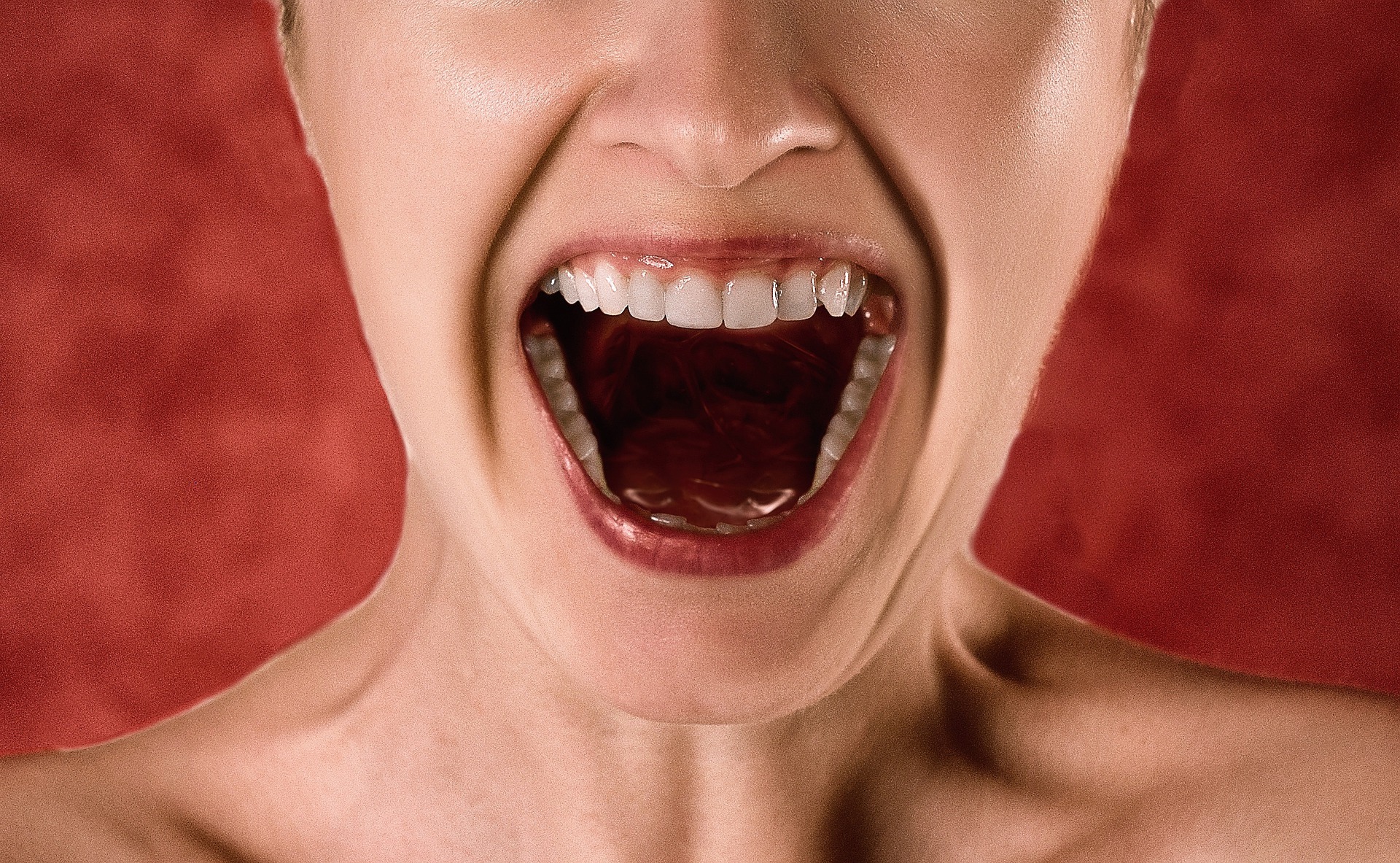To prove that a person is experiencing a lucid dream (LD) laboratories around the world use complex electroencephalography, electrooculography, and electromyography (EMG). These sensors register sleep phases, and in order to verify consciousness, researchers ask the dreamer in advance to make three sharp eye movements once they are in the LD, for example, left-right-left. They should then register atypical electrical impulses from the eyes in the REM phase, indicating LD. The efficacy of this method was first proved by Keith Hearne in 1975.
It is therefore a time-tested approach, yet it remains expensive, complex, and inconvenient for the practitioners themselves. However, a new study by Michael Raduga from the Phase Research Center (REMspace) shows that it is possible to eliminate these issues and still conduct scientifically sound LD research. It has been hypothesized that dreamers can make intentional signals from within the LD not just with their eyes, but also with their jaw. The premise is that, when they do the latter, weak signals can be detected by an EMG sensor in the exact area of the submental space where sleep paralysis is monitored to determine the REM sleep phase. That is, you would only need one sensor to indicate both consciousness and the REM sleep phase – the main factors of LD.
To test the hypothesis, five practitioners alternated standard eye signals with PACM (pre-agreed chin movements) in LD. Firstly, it turned out that the paralyzed submental area is indeed capable of transmitting electrical impulses through accentuated movements of the jaw. Secondly, these impulses perfectly duplicated results obtained with the standard method of determining LD (eye signals).
Michael Raduga: “The difference between the two methods is that PACM requires only one sufficiently sensitive EMG sensor, which can be purchased or assembled separately from complex devices. The technique is not yet perfect, but it is impossible to get a false positive, since a person cannot voluntarily end up in sleep paralysis, except in LD.”
This research will greatly simplify the study of phase states, which include not only LD, but also sleep paralysis and out-of-body experiences. Given its low price and simplicity of use, PACM could one day be employed by ordinary enthusiasts at home, which will increase the number of independent studies. It is also easy to integrate the technique into various devices.
What experiments would you conduct if you had such a sensor at home?
The study will be published in the December 2021 issue of the journal Sleep Medicine.




